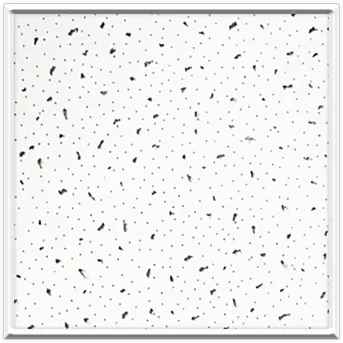8 月 . 10, 2024 13:15 Back to list
Comparing Gypsum and PVC Ceilings for Aesthetic Appeal and Durability in Interior Design Choices
Gypsum vs. PVC Ceilings A Comprehensive Comparison
When it comes to interior design, ceilings play a crucial role in enhancing the aesthetics and functionality of a space. Among the most debated materials for ceiling finishing are gypsum (or drywall) and PVC (polyvinyl chloride) panels. Both options have their benefits and drawbacks, making them popular choices in residential and commercial settings. This article aims to explore the differences between gypsum and PVC ceilings to help you make an informed decision for your next project.
Gypsum Ceilings
Gypsum ceilings, commonly referred to as drywall ceilings, are made from gypsum plaster sandwiched between two sheets of thick paper. This traditional ceiling option is known for its smooth finish and versatility in design. Gypsum ceilings can be painted, textured, or even fitted with intricate designs, allowing for a wide range of aesthetic options.
One of the primary advantages of gypsum ceilings is their fire resistance. Gypsum is less flammable than many other materials, making it a safer choice, particularly in residential buildings. Additionally, gypsum ceilings provide better sound insulation, which is beneficial in commercial spaces like offices or theaters where acoustics are a priority.
However, gypsum ceilings do have some downsides. They can be susceptible to moisture damage, leading to sagging or mold growth in areas with high humidity, such as bathrooms and kitchens. Installation can also be labor-intensive and requires skilled professionals, which may increase the overall cost.
PVC Ceilings
gypsum vs pvc ceiling

On the other hand, PVC ceilings have been gaining popularity due to their modern appearance and low maintenance requirements. Made from lightweight plastic panels, PVC ceilings are available in a variety of colors, textures, and designs, making them suitable for any decor style. Their glossy finish can add a touch of elegance to a room, and they are particularly popular in areas like bathrooms and kitchens due to their water-resistant properties.
One of the standout features of PVC ceilings is their resistance to moisture, mold, and mildew, making them an excellent choice for humid environments. They are also much easier to install than gypsum ceilings, often requiring just simple clips or a basic framework. This ease of installation can save both time and money.
However, PVC ceilings also have their limitations. While they are durable, they can be prone to fading or discoloration over time, especially with exposure to sunlight. Additionally, PVC ceilings do not provide the same level of sound insulation as gypsum ceilings, which could be a consideration in noise-sensitive environments.
Conclusion
In conclusion, the choice between gypsum and PVC ceilings ultimately depends on the specific needs and preferences of the homeowner or designer. Gypsum ceilings offer excellent aesthetics, fire resistance, and superior sound insulation, making them suitable for traditional spaces where appearance and safety are priorities. On the other hand, PVC ceilings provide practicality with their water resistance and ease of installation, making them ideal for modern, high-moisture areas.
Each material has its strengths and weaknesses, and understanding these can help you decide which ceiling option best fits your project. Whether you value aesthetics, fire safety, moisture resistance, or installation simplicity, both gypsum and PVC ceilings have a place in today’s interior design landscape. Make sure to consider your unique requirements and preferences before making a final choice.
-
Revolutionizing Interior Design with Ceilings t grid Suspended SystemNewsOct.29,2024
-
Revolutionizing Ceiling Design with ceiling access panel with Gypsum Tile WaterproofNewsOct.29,2024
-
Revolutionizing Interior Design with PVC Gypsum Ceiling: A Comprehensive GuideNewsOct.29,2024
-
Elevating Interior Design with High quality Mineral Fiber Ceiling TilesNewsOct.29,2024
-
Revolutionizing Interior Design with PVC Gypsum Ceiling: A Comprehensive GuideNewsOct.29,2024
-
Elevating Interior Design with High-Quality Mineral Fiber Ceiling Tiles: A Comprehensive GuideNewsOct.29,2024







